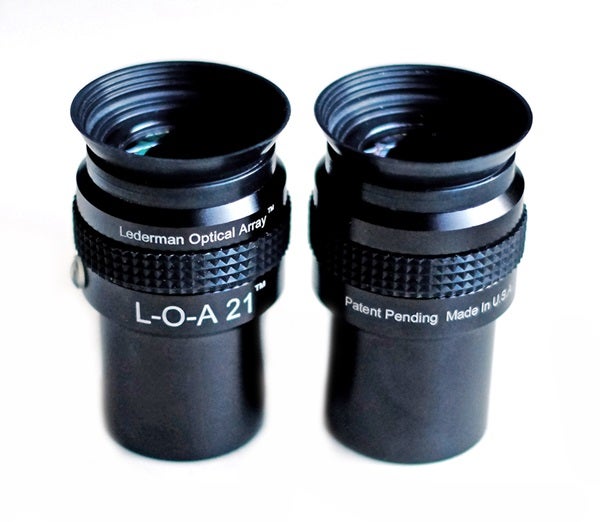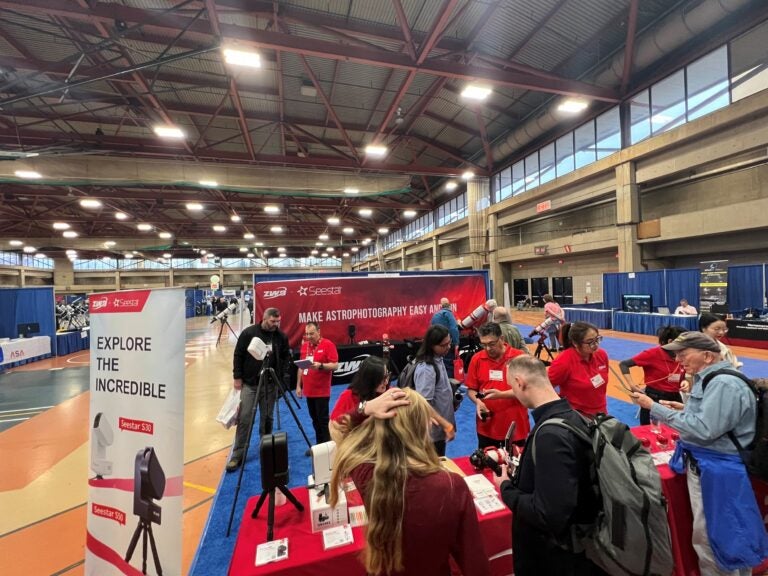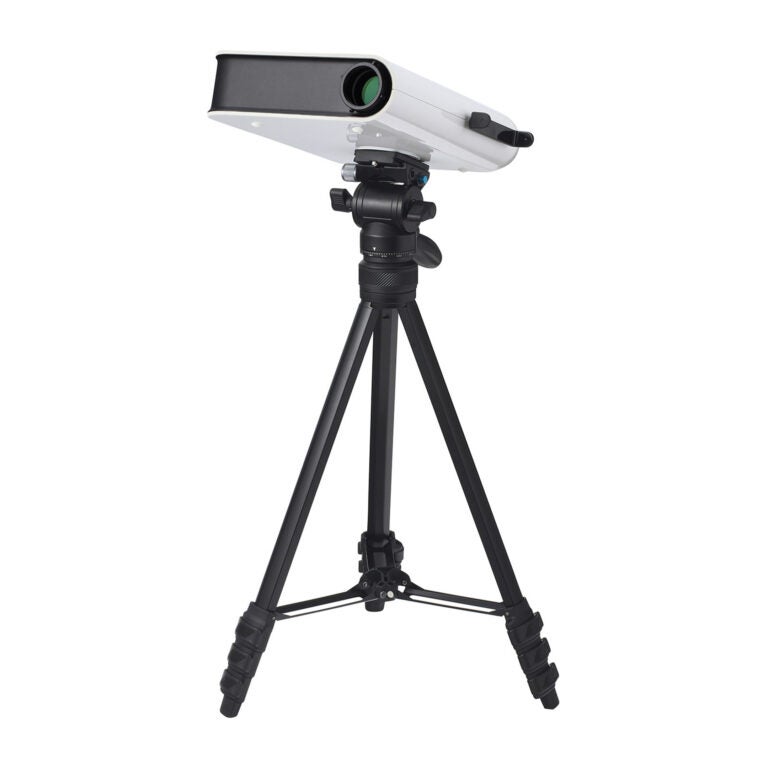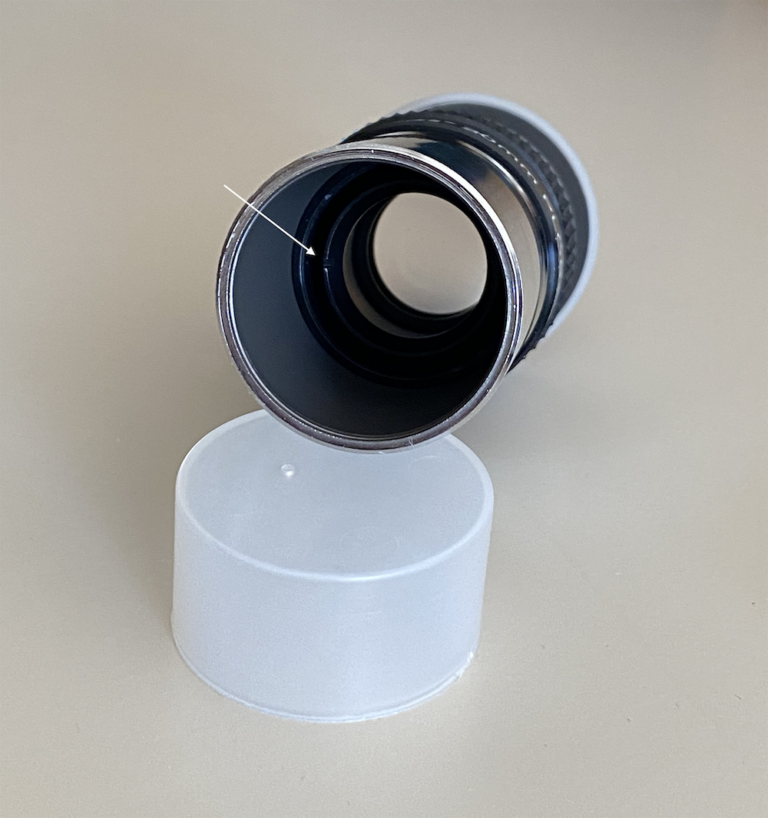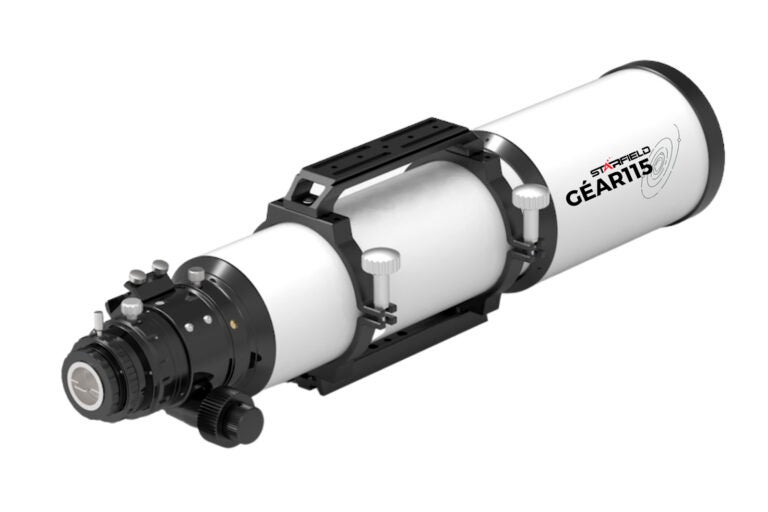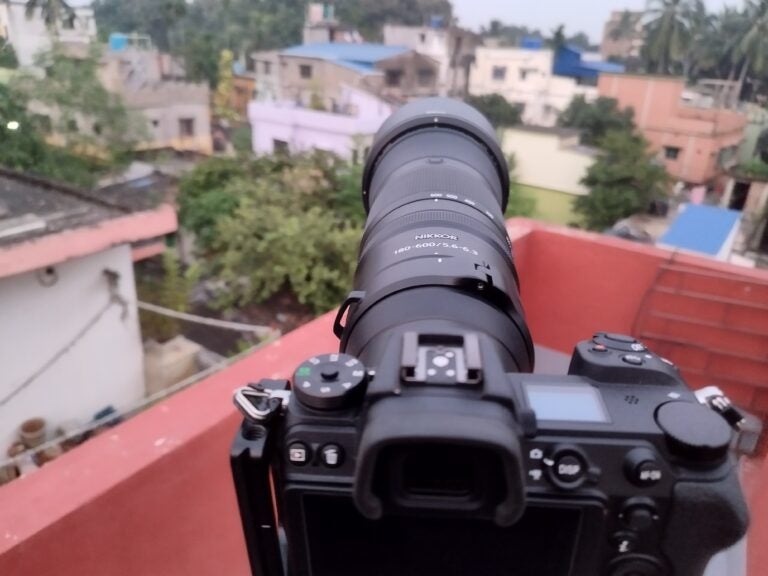Innovation and equipment evolution continue. We now have accessories that we couldn’t imagine half a century ago. Among them are binoviewers, an optical-mechanical device that lets you to use both eyes at the telescope. Using two eyes means more light gets to your brain. That translates to an ability to observe fainter objects.
Other reasons exist for using two eyes. Resolution — the ability to distinguish between two closely aligned objects — increases. Image contrast — the ability to differentiate between fine details side by side — also increases. And many of us experience enhanced color in objects.
The latest accessory to hit the market is one developed by well-known binoviewer designer and manufacturer Denkmeier Optical and its founder, Russ Lederman. Many observers consider Denkmeier models to be among the top-of-the-line binoviewers. The company has a reputation for precision-made products that yield incredible views at the telescope.
Its newest innovation is a set of eyepieces specifically designed for the company’s Binotron-27 Super System, yet you can use them in other binoviewers as well as in binoculars with interchangeable eyepieces. Lederman has designed and manufactured eyepieces that produce what I would call an apparently three-dimensional image: the Denkmeier Lederman Optical Array 21, marketed as the L-O-A 21.

